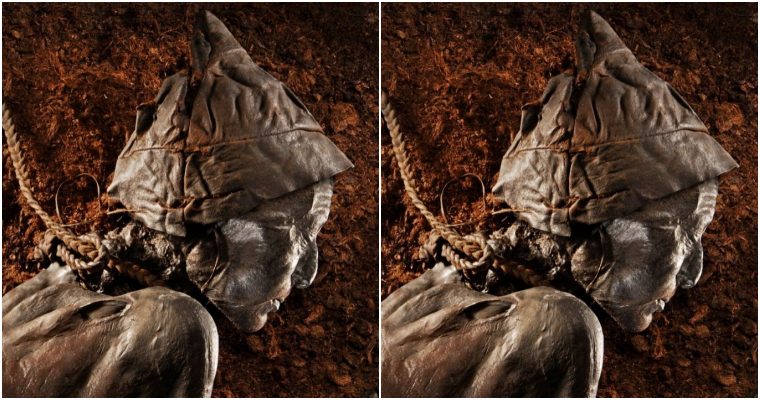LkCa 15, also known as IRAS 04363+2215, EPIC 247520207 or TIC 118681038, is a K5-type star with a mass of 1.2 solar masses.
“Directly detecting young planets is very challenging and has so far only been successful in one or two cases,” said Dr. Feng Long, a postdoctoral researcher at the Harvard & Smithsonian’s Center for Astrophysics.
“The planets are always too faint for us to see because they’re embedded in thick layers of gas and dust.”

“Scientists instead must hunt for clues to infer a planet is developing beneath the dust.”
“In the past few years, we’ve seen many structures pop up on disks that we think are caused by a planet’s presence, but it could be caused by something else, too. We need new techniques to look at and support that a planet is there.”
In their study, Dr. Long and her colleagues re-examined a protoplanetary disk around LkCa 15, which is located in the Taurus star-forming region at a distance of 159 parsecs (519 light-years).
Astronomers previously reported evidence for planet formation in the disk using observations with the Atacama Large Millimeter/submillimeter Array (ALMA).
Dr. Long’s team dove into new high-resolution ALMA data on LkCa 15, obtained primarily in 2019, and discovered two faint features that had not previously been detected.
About 42 AU (astronomical units) out from the star, the authors discovered a dusty ring with two separate and bright bunches of material orbiting within it.
The material took the shape of a small clump and a larger arc, and were separated by 120 degrees.
They examined the scenario with computer models to figure out what was causing the buildup of material and learned that their size and locations matched the model for the presence of a planet.
“This arc and clump are separated by about 120 degrees. That degree of separation doesn’t just happen — it’s important mathematically,” Dr. Long said.
The researcher points to positions in space known as Lagrange points, where two bodies in motion produce enhanced regions of attraction around them where matter may accumulate.
“We’re seeing that this material is not just floating around freely, it’s stable and has a preference where it wants to be located based on physics and the objects involved,” she said.
In this case, the arc and clump of material Long detected are located at the L4 and L5 Lagrange points.
Hidden 60 degrees between them is a small planet causing the accumulation of dust at points L4 and L5.
The results show the planet is roughly the size of Neptune or Saturn, and around one to three million years old.
“Directly imaging the small, newborn planet may not be possible any time soon due to technology constraints, but we believe further ALMA observations of LkCa 15 can provide additional evidence supporting her planetary discovery,” Dr. Long said.
“We hope our new approach for detecting planets — with material preferentially accumulating at Lagrange points — will be utilized in the future by astronomers.”
source: sci.news








